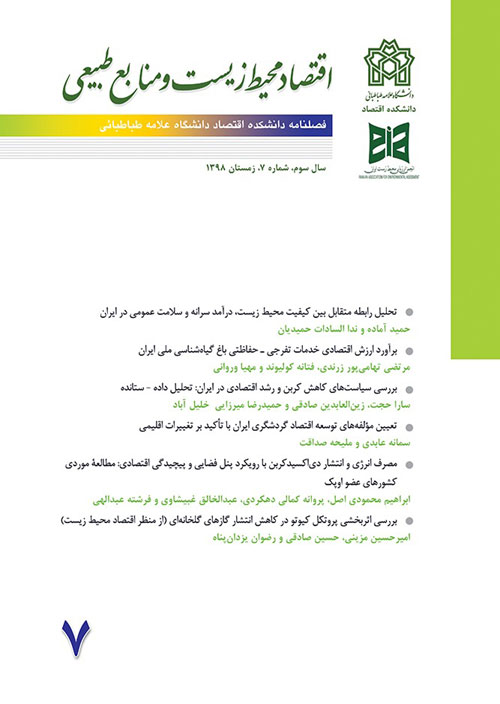An Investigation on the Impact of Different Sectors’ Pollutants of Economy on Hygiene Expenditure
The process of economy development and economy policies cause environmental challenges as the major concern of policy makers in recent decades. Therefore, the investigation of the impact of government economy policies on environment would be necessary and important. The aim of this study is to assess the impact of environmental pollutants (air pollutants) on hygiene expenditures in Iran. The specified pattern of Grossman et. al. and Franklin et al was applied as the model for this study and in order to analysis the data “Panel Data” method is used employing “Eviews 9” software. The result of Dickey-Fuller unit root and Fisher test revealed the integration between variables. The result of Hausman test verified the fixed effects model to estimate long-term relationship. The measure of impact of industrial pollutant’s diffusion (carbon dioxide, nitrogen dioxide, and sulfur dioxide) is equal to 0.012 and has direct relationship with health expenditure. The share of fossils fuels in greenhouse gases ‘emission in different sectors was equal to 0.056 and had a positive effect, and the R&D costs’ logarithm was equal to –0.12 that it can be possible to find a way to reduce the pollution by increasing research and development’s budget and also the damaging effect of industrial and commercial pollution could be significantly reduced by transferring technology and new innovations. Additionally, the intercept of the model revealed the amount of negative effect related to the different industrial sector individually which the industrial sector with 0.39 obtained the highest score while business and household sectors had the least impact on the infection’s rate.


